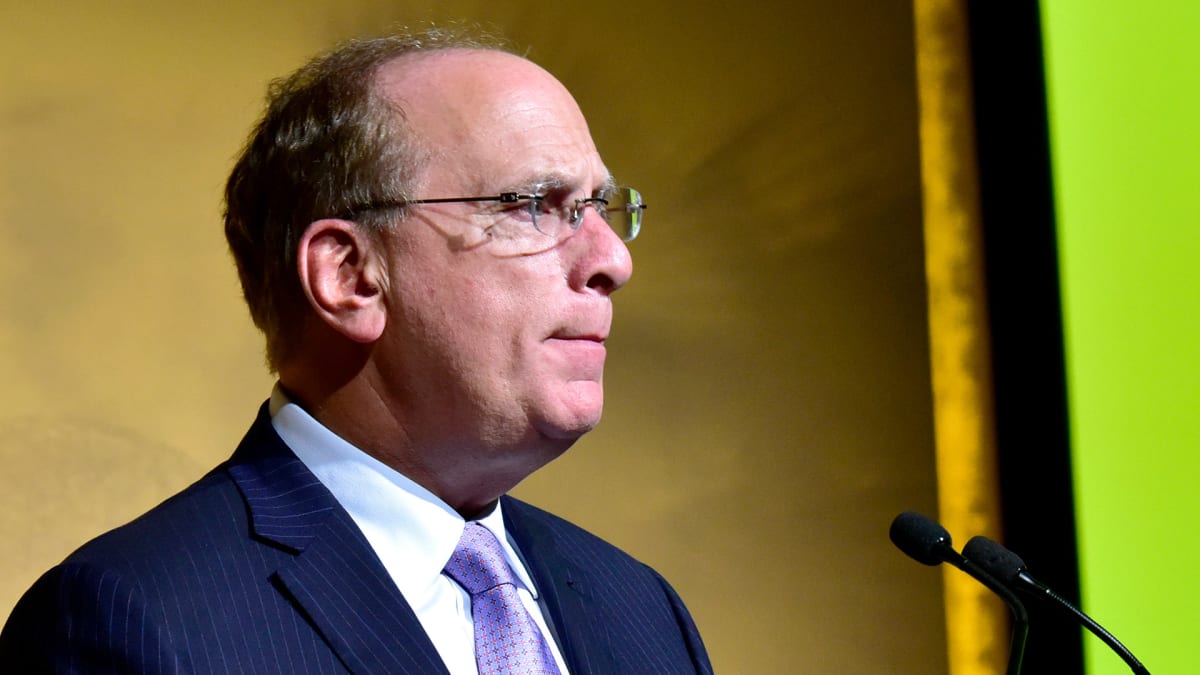
The list of collateral victims of the bankruptcy of the FTX cryptocurrency exchange continues to grow.
Crypto lender BlockFi announced on November 28 that it had filed for bankruptcy due to its exposure to FTX, which had bailed out the firm during the liquidity crisis that impacted the industry in the summer of 2022.
Now it's the turn of the asset management giant BlackRock to announce its exposure to the fall of FTX.
"We're going to have to wait to see how this all plays out (with FTX). I mean, right now we can make all the judgment calls and it looks like there were misbehaviors of major consequences," CEO Larry Fink said on November 30 during an interview with Andrew Ross Sorkin at an event hosted by the New York Times Dealbook in New York.
He added that BlackRock invested $24 million in FTX through a fund of funds it manages.
Did FTX Mislead BlackRock, Investors?
Fink, however, did not say whether he believes BlackRock and other investors have been misled by FTX founder Sam Bankman-Fried and his entourage. It is not certain that BlackRock will recoup its investment.
"Never in my career have I seen such a complete failure of corporate controls and such a complete absence of trustworthy financial information as occurred here," John Ray, FTX's new CEO in charge of the restructuring, wrote in a 30-page document filed with the U.S. Bankruptcy Court in the District of Delaware.
"From compromised systems integrity and faulty regulatory oversight abroad, to the concentration of control in the hands of a very small group of inexperienced, unsophisticated and potentially compromised individuals, this situation is unprecedented."
BlackRock is not the first institutional investor to announce its investment in the Bankman-Fried empire, which was also made up of Alameda Research, a hedge fund that also trades in cryptocurrencies.
The venture capital firm Sequoia Capital sent a letter to its limited partners on November 9, stating that it now values its $210 million investment into FTX as $0 and was a total loss.
"Based on our current understanding, we are marking our investment down to $0,” the Silicon Valley-based firm said. "The fund remains in good shape."
FTX's Investors
Galaxy Digital , a crypto financial services firm, has said that its exposure to FTX is $76.8 million. It includes $47.5 million in the withdrawal process and “the company is evaluating the recoverability of these assets."
"This is a very young and new industry and part of the growing pains is weeding out the bad actors, the excesses, and pivoting towards something that's more trusted," Galaxy Digital CEO Mike Novogratz said during the company's earnings call on November 9, two days before FTX filed for bankruptcy. "We've had two, three, four episodes in the last 12 months that have really dented the momentum of this base ... Galaxy has a role to play and [a] very good role to play as a strong, transparent, more risk-managed focused institution."
In 2021, several venture capital firms made significant investments in FTX with Sequoia Capital participating in a $420 million round that increased the exchange's valuation to $25 billion in October 2021. Other investors included Ontario Teachers' Pension Plan Board, Sea Capital, IVP, ICONIQ Growth, Tiger Global, Ribbit Capital, Lightspeed Venture Partners and funds and accounts managed by BlackRock.
Bankman-Fried's empire was a central player in the cryptocurrency industry that is disrupting financial services.
As a crypto exchange, FTX executed orders for clients, taking their cash and buying cryptocurrencies on their behalf. FTX acted as a custodian, holding the clients’ crypto.
FTX then used its clients’ crypto assets, through its sister company’s Alameda Research trading arm, to generate cash through borrowing or market-making. The cash FTX borrowed was used to bail out other crypto institutions in summer 2022.
At the same time, FTX was using the cryptocurrency it was issuing, FTT, as collateral on its balance sheet. This was a significant exposure, due to the concentration risk and the volatility of FTT.
The insolvency of FTX stemmed from a liquidity shortfall when clients attempted to withdraw funds from the platform. The shortfall appears to have been prompted by FTX’s founder reportedly transferring $10 billion of customer funds from FTX to Alameda Research.







